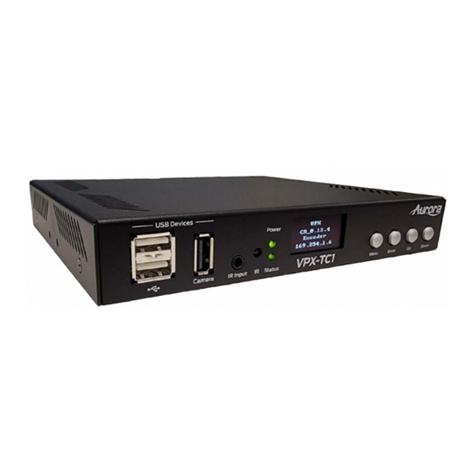Contents
1. Customer Commands......................................................................................................5
1.1 Serial commands.......................................................................................................5
1.2 Serial Query Commands ..........................................................................................8
1.3 RPC Commands......................................................................................................10
1.3.1 GetApiVersion......................................................................................................... 10
1.3.2 GetFirmwareVersion.............................................................................................. 11
1.3.3 GetSerialNumber.................................................................................................... 11
1.3.4 Reboot....................................................................................................................... 11
1.3.5 EnterUpdateMode................................................................................................... 12
1.3.6 SetDefaultConfig .................................................................................................... 12
1.3.7 Net_GetIPAddress.................................................................................................. 13
1.3.8 Net_GetSubnetMask.............................................................................................. 13
1.3.9 Net_GetMac.............................................................................................................. 13
1.3.10 Serial_Send.............................................................................................................. 14
1.3.11 Serial_Read.............................................................................................................. 14
1.3.12 Serial_ClearReadBuffer ........................................................................................ 15
1.3.13 Serial_ReadBufferCount....................................................................................... 15
1.3.14 Serial_GetSettings ................................................................................................. 15
1.3.15 Serial_SetSettings.................................................................................................. 16
1.3.16 Serial_SetPortCount.............................................................................................. 17
1.3.17 Serial_SetManualMode ......................................................................................... 17
1.3.18 Serial_SetExtenderMode...................................................................................... 18
1.3.19 Serial_SetPushPortMode...................................................................................... 18
1.3.20 Serial_SetPushVarMode....................................................................................... 19
1.3.21 Serial_SetTelnetClientMode................................................................................. 20
1.3.22 Serial_SetTelnetServerMode............................................................................... 21
2. Non - Customer Commands..........................................................................................23
2.1 Serial commands.....................................................................................................23
2.2 RPC commands.......................................................................................................24
2.2.1 HTW_UpdateEdid ................................................................................................... 24
3. Miscellaneous.................................................................................................................25
3.1 Device firmware update..........................................................................................25





























